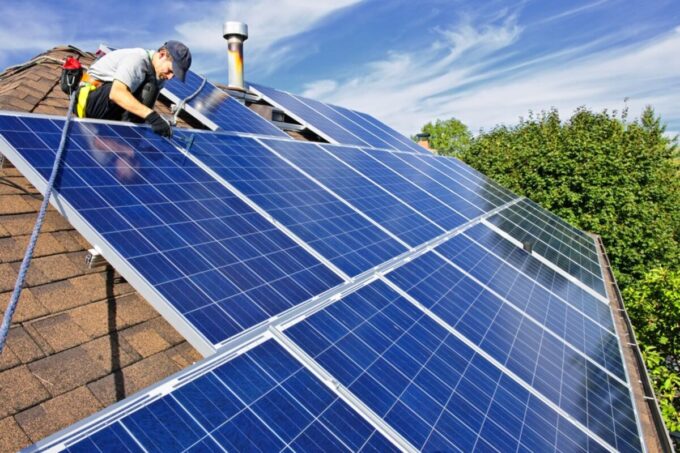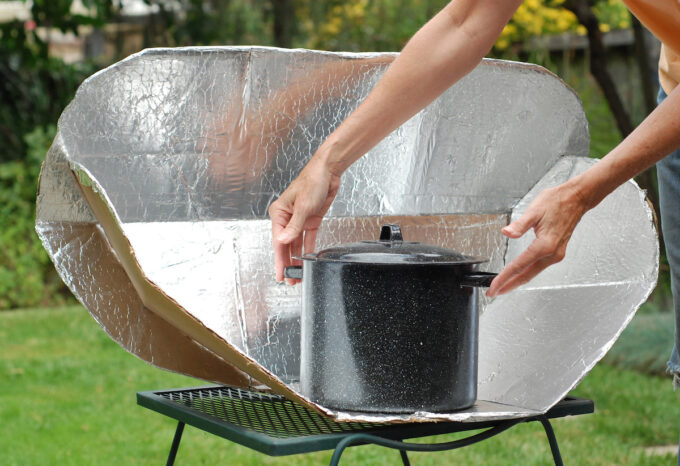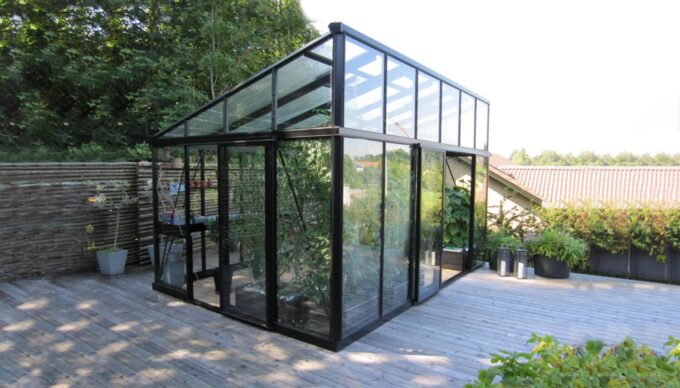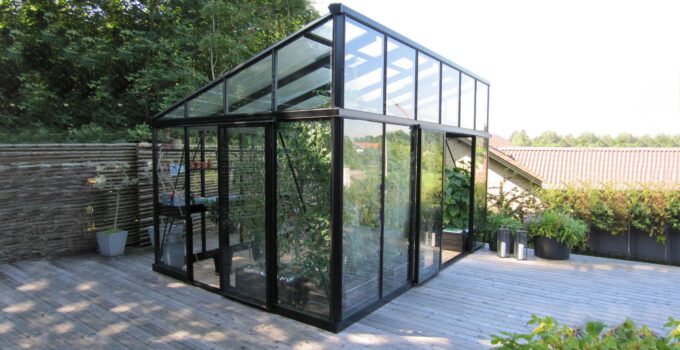The sun is a remarkable star. It affects ocean currents and the weather, makes plants grow, and provides humans and other animals with healthy doses of vitamin D.
Indeed, the light and infrared and ultraviolet (UV) rays emanating from this blistering sphere of plasma are essential to life. As human intelligence and technology evolve, so does our ability to harness the sun’s power for even more uses. And why not? The sun holds an immense amount of untapped potential.
If you ever held a magnifying glass over a pile of dead grass on a sunny day, you get it. There’s power in making the sun do something other than just shine.
Taking advantage of what the sun can do is good for the planet we’re on. Here are five ways you can harness its power.
Capture Your Own Electricity

Source: bloomberg.com
Solar panels are becoming increasingly common. Urban, suburban, and rural homeowners and businesses are investing in solar. Because the cost of solar technology is decreasing, using it has become affordable for more people.
That still doesn’t mean everyone can afford it, though, which creates a kind of Catch-2Solar power decreases the cost of a normal electric bill or replaces it altogether. That means those with little discretionary income to invest in solar are those who need it most.
A few solar companies have figured out that they can put solar within reach of more people and still make a profit. That’s good for consumers and cuts greenhouse gas emissions. You can check out PosiGen to see how companies like this are making solar a possibility for more people.
Store More for When You Need It
Some solar skeptics worry about what happens on cloudy days or when their electric utility provider suffers power outages. There are also many areas of the country where utilities aren’t set up to buy the extra power you generate. The solution to these problems is batteries, and they are getting better than ever.
Newer, lighter lithium-ion and flow batteries can capture the excess energy your solar panels produce. Sometimes, you may need more electricity than your system is generating at that point in time. If that happens, your system will draw on what’s stored in the batteries. Even if the entire grid fails on an overcast day, you can keep running for hours.
Flow batteries employ a liquid electrolyte to store energy, so they are environmentally friendly. There are environmental concerns regarding what happens down the road when lithium-ion batteries no longer hold a charge. Fortunately, researchers are developing safe ways to dispose of battery components when they’ve reached the end of their useful life.
Read more in our article about situations when you need a solar panel and make an informed decision for investing.
Cook With the Sun

Source: rv.com
“Sunbaked” is a condition most people would like to avoid. So is “hot enough to fry an egg on the sidewalk.” But what if the sun is baking something delicious to eat?
Charcoal and gas grills send a significant amount of greenhouse gases into the atmosphere. Plus, the manufacturing of charcoal contributes to deforestation. But a sun oven can cook, bake, and dehydrate food without emitting carbon. They concentrate sunlight, convert it to heat, and trap it.
There are a few drawbacks, such as longer cooking times — especially when you attempt to barbecue on a cloudy day. But if you’re serious about shrinking the size of your carbon footprint, the downsides might be worth it. Sun ovens are sold at some big-box and outdoor retailers.
Purify Water With the Sun
Many developing countries use the sun to purify drinking water because they otherwise lack the infrastructure to deliver potable water. The sun’s UV rays kill some viruses, parasites, and harmful bacteria if exposed long enough. It can eliminate such dangers as rotavirus, worms, E coli, salmonella, and cholera, to name a few.
You might not live in a developing country, but you could be on a multi-day wilderness hike and need additional drinking water. Plus, more and more people are finding themselves without clean water after natural disasters. Think of the frequency these days of floods, hurricanes, fires, and other situations that leave people without potable water.
It takes six hours of sun exposure to kill impurities in a bottle of water. That’s about twice as long as it takes to brew a batch of sun tea. So it’s hardly instantaneous, but it can quench thirst and perhaps save a life in a crunch.
Get Growing

Source: greenhousestores.co.uk
There’s something uplifting about growing your own produce. Farming hasn’t been practiced by the vast majority of people for a long time. But there have been periods of resurgence, like World War II victory gardens and gardening during the COVID-19 pandemic.
Seeds, soil, water, and sun are all it takes to grow fruits, vegetables, and flowers. And greenhouses provide a way to harness the sun to lengthen growing seasons no matter where you live. The component materials of greenhouses and their structure work together to capture and shift sunlight and warmth, providing favorable growing conditions for plants.
Whether you envision a small cold frame or a large, freestanding structure, you can visit this site to find a suitable greenhouse plan. Buying locally grown produce is good for the environment. Growing your own is even better.
Saddling the Sun
The impact of climate change is growing, grid failures are increasing, and supply chain issues continue to occur. If you’re just using the sun for daylight, tanning, and mental health, consider some new ways you can harness its power. It might be time to saddle up a horse of a different color and take it for a ride on a sunny day.







